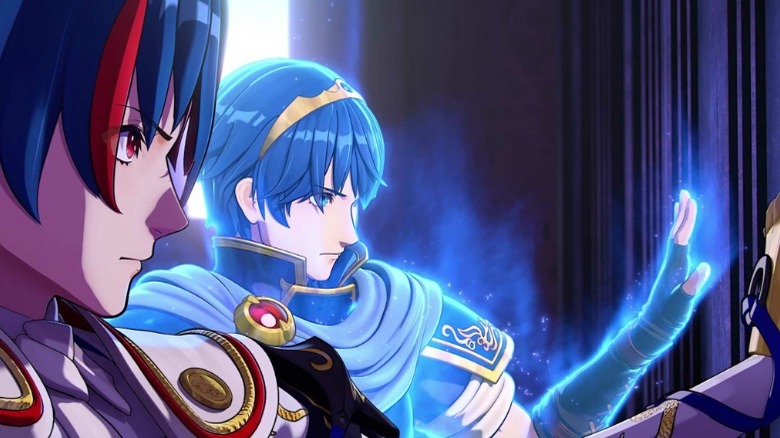Fire Emblem Engage: Growth Rates Explained
"Fire Emblem Engage" had critics saying the same thing and praising the strategic combat side of the game. Part of that includes the units in the game, and their ability to change classes and learn from the Emblems — the characters from past games contained in items. However, building characters isn't an equal process whether playing co-op or the 50-hour main storyline. Growth Rates have a huge impact on how good a unit can become stat-wise, which has a big impact on how good a class can be.
Each character has a Growth Rate for each stat in the game. These rates are essentially percentages that the unit will receive an additional point in that stat when they level up. These growth rates can be zero all the way up to 85 (via Serenes Forest Growth Rates table).
Essentially, some units will grow quicker in certain stats. Considering certain character classes scale better with certain stats, these Growth Rates have a massive impact the further into the game a player gets.
Here are the Growth Rates to consider when building specific classes.
Growth Rates and character classes explained
There are nine different stats that units have Growth Rates for: HP, Str (Strength), Mag (Magic), Dex (Dexterity), Spd (Speed), Def (Defense), Res (Resistance), Lck (Luck), Bld (Build). Growing these stats allows units to change to better classes.
Units with high HP make excellent tank units, especially if their Def and Res are also high. So, when you're deciding what class to make a tank, look at the Growth Rates for those stats because they'll grow to higher numbers and grow quicker than other units with low Growth Rates in these stats.
If you're building a character that needs to attack quickly and hit hard, look at Spd and Dex for quick, high-critical-chance attacks. These can be tailored more to specific units and classes when combined with Str for physical attackers and Mag for mages.
There are 49 different classes in "Fire Emblem Engage," and picking what class each unit should be is daunting. Growth Rates can help you narrow down what classes are best based on what units get the best stats, which can help you build a stronger team.


